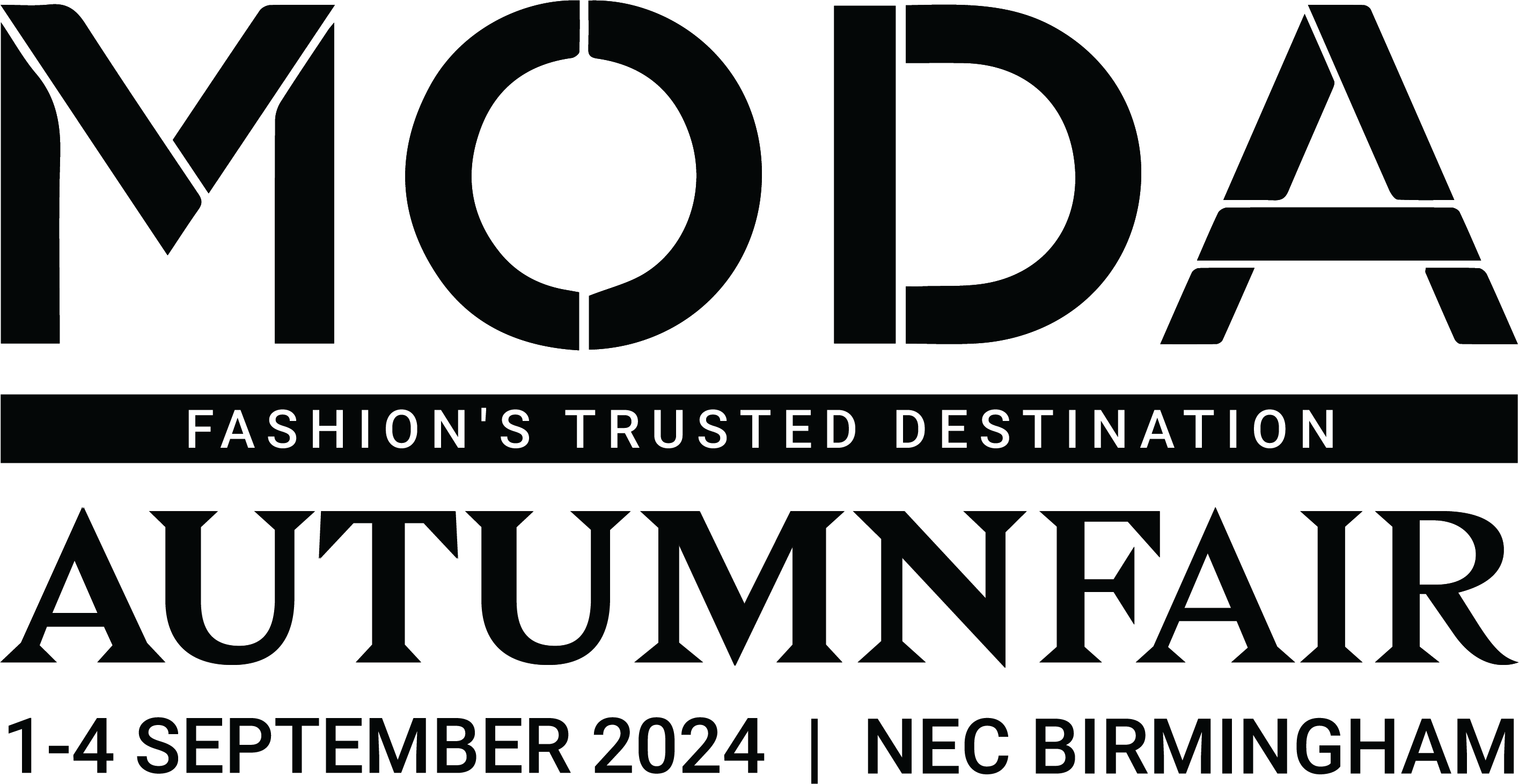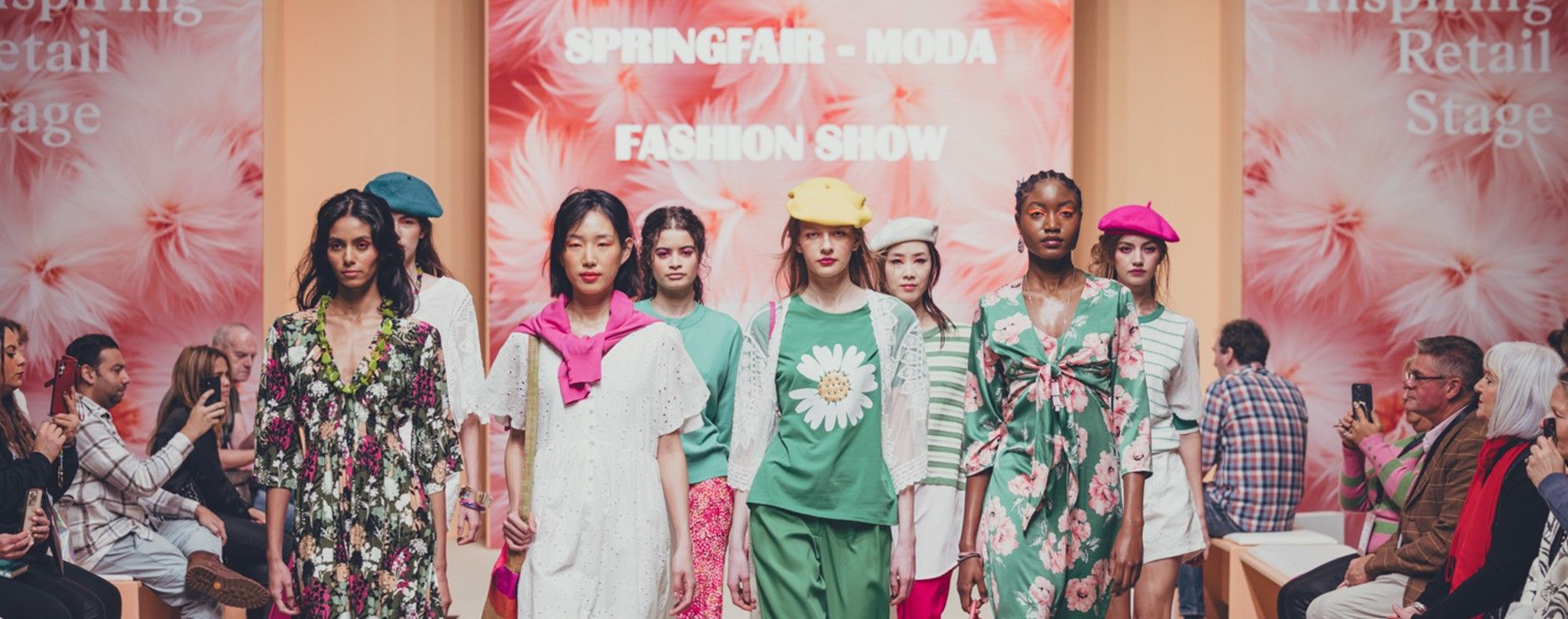A guide to sustainable fashion
)
Anyone in fashion will have noticed the increasing narrative surrounding sustainability in recent years. With the news articles, research and developments in and about sustainable fashion, there’s plenty to keep us talking. However, here at Moda, we’ve noticed a hole in the narrative; no one’s actually telling us exactly what makes fashion “sustainable”. That’s why we’ve put our research hats on, to find out.
Let’s start with a quick definition: sustainable fashion is a garment or collection that has at least one eco-friendly or ethical credential in it’s ballpark, be that a natural material, low emission manufacturing process, or anything else that could have an impact on people or planet.
It sounds simple. Where the confusion lies is in the semantics.At the moment, sustainability as a category is guided by a philosophy of design and manufacture that aims to move towards environmental and social sustainability. Naturally, this has led to a number of different definitions of what it means for a brand or business to be a sustainable one.
We’ve broken down a few of the most common sustainability subcategories that we’ve seen climbing the agenda in the last few years…
Ethical fashion - sustainability can be social…
Whilst ethical fashion doesn’t necessarily fall under the eco banner of sustainability, it’s still an important subcategory to consider. Ethical fashion is most commonly associated with the people who provide the materials and make the clothes. It’s an important factor to consider in terms of economic sustainability. Brands that trade fairly and ensure good working conditions for their staff come under the ethical heading.
But ethics extend beyond just people. Ethical fashion also encompasses the animals who may be involved in manufacture of fabrics and clothing. In this case, we need to consider how the animals are cared for, what their living conditions are and whether or not they are put under any unnecessary stress. For example, ethical leather brands may ensure that their practices are ethical by using the by-products of the meat industry, thereby preventing waste and ensuring less animals are harmed. Meanwhile, there are wool companies that will wait for the wool to naturally fall off of a sheep, rather than shearing, to save the animal from stress.
Low carbon footprint – how far is your collection travelling?
As a rule, fashion that has a low carbon footprint tends to have a short supply chain and collections are manufactured using non-polluting means. Collections that are designed, sourced, manufactured and sold within a shorter distance naturally have a lower carbon-footprint than collections that have travelled between cities or countries.
Sustainable materials – because plastic isn’t fantastic…

Perhaps the most common element we think of when establishing the sustainability of a brand is the materials they use. And there are plenty of exciting developments to talk about in this sphere.
Natural materials are an obvious choice when looking for sustainable alternatives. Natural and untreated materials, like cotton, linen and silk don’t release harmful chemicals or microfibres into the environment.
Perhaps less expected are sustainable synthetics. Whilst this sounds like a contradiction, the “synthetic” element of these materials is misleading. This is because, whilst they might be manmade, sustainable synthetics often have their roots in natural materials. Piñatex has become a well-known sustainable synthetic. This is natural leather alternative made from the fibres contained in pineapple leaves. Again, this makes use of the inedible part of the fruit, preventing waste and offering a bio-degradable alternative to leather and plastic-based synthetics.
Slow fashion is the industry’s answer to clothes that are produced quickly and disposed of even quicker. Slow fashion is based on the concept that fashion should be made with care and last a lifetime. This approach is designed to create high-quality, durable clothes that won’t end up in landfill or the ocean.
Upcycled, recycled and recyclable
Three concepts for the price of one, upcycled, recycled and recyclable fashion is another way to ensure fashion doesn’t contribute to landfill. Upcycling encourages people to make use of old garments in new ways, whilst recycling takes old pieces and makes new ones out of them. Recyclable fabrics lend themselves to be used again, helping to cut down the amount of raw resources that the fashion industry consumes.
Long story short(ish), sustainable fashion is a broad category and we’re only scratching the surface of the possibilities. It boils down to making conscious decisions which will benefit either people, planet or both.
Join us at Moda AW20 from 23rd – 25th February 2020 to learn more about the big issues in fashion right now and to discover your next bestseller.
About Moda
The heart of UK fashion, Moda is the key meeting place for mainstream fashion, delivering a high quality and cost-effective platform for mid-market brands and ensuring a commercially viable and convenient buying environment for retailers across the UK and Ireland. Bringing together over 1,200 collections under one roof at the NEC Birmingham, to deliver the complete season's overview to over 9,000 fashion buyers, the show also brings fashion to life on 16 catwalk shows throughout the three days to inspire buyers and sell brands, alongside a comprehensive retail-focused seminar programme, interactive workshops and networking events.


